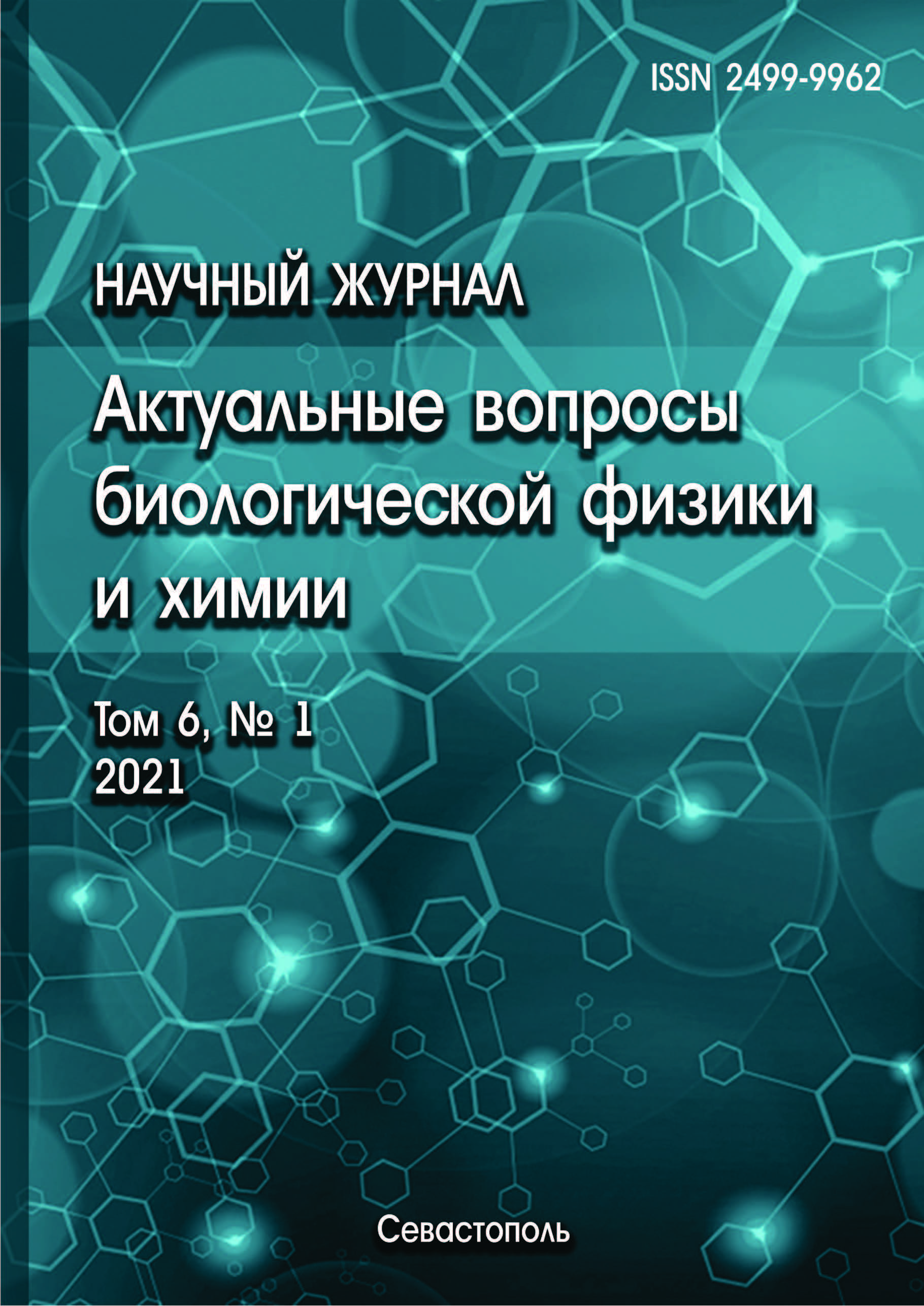Modern nanomedicine has achieved impressive success in the search and creation of new classes of drugs used in the treatment of cancer. It is known that anticancer drugs have a low therapeutic index, and their effectiveness is limited by their high general toxic level, metabolic instability in the body, and poor penetration into the cancer cell. To solve such problems, carriers of anticancer drugs are used, which would protect the drug from the effects of enzymes and prevent their biodegradation in biological fluids, for example, in blood. Numerous studies in recent years are aimed at finding and creating effective blood substitutes, including dextran (C6H10O5)n - glucose polymer produced by different species of bacteria of the streptococcal family. Dextran does not cause toxic reactions and excludes the possibility of transmission of the serum hepatitis virus. In this work, the methods of molecular modeling and quantum chemistry are used to study the spatial and electronic structure of the glucose-monomeric unit of dextran, and the effect of the aquatic environment on its electronic-conformational properties. The spatial and electronic structure of the monomeric unit of dextran-glucose was researched by semiempirical methods of molecular mechanics and quantum chemistry using computer programs, complexes of glucose and di-glucose with iron oxide Fe2O3 were studied. Geometric parameters characterizing the energetically stable states of the studied compounds and their coordination complexes are calculated.
dextran, glucose, di-glucose, iron oxide
1. Petri-Fink A., Chastellain M., Juillerat-Jeanneret L., Ferrari A., Hofmann H. Development of functionalized superparamagnetic iron oxide nanoparticles for interaction with human cancer cells. Biomaterials, 2005, vol. 26, pp. 639-646. DOI: https://doi.org/10.1016/j.biomaterials.2004.07.023; EDN: https://elibrary.ru/KIEZST
2. Koch A.M., Reynolds F., Merkle H.P., Weissleder R., Josephson L. Transport of surface-modified nanoparticles through cell monolayers. Chem Biol Chem., 2005, vol. 6, pp. 337-345.
3. Gould P. Nanoparticles probe biosystems. Materials today, 2004, vol. 7, iss. 2, pp. 36-43.
4. Ruoslahti E. Anti-tumor Effect of nanoparticles that target blood clotting in tumor vasculature. Cancer Biology & Therapy, 2007, vol. 6, iss. 2, pp. 133-134.
5. Simberg D., Duza T., Park J.H., Essler M., Pilch J., Zhang L., Derfus A.M., Yang M., Hoffman R.M., Bhatia S., Sailor M.J., Ruoslahti E. Biomimetic amplification of nanoparticle homing to tumors. PNAS, 2007, vol. 104, no. 3, rp. 932-936.
6. Gamarra L.F., Brito G.E.S., Pontuschka W.M., Amaro E., Parma A.H.C., Goya G.F. Biocompatible superparamagnetic iron oxide nanoparticles used for contrast agents: a structural and magnetic study. Journal of Magnetism and Magnetic Materials, 2005, vol. 289, pp. 439-441. DOI: https://doi.org/10.1016/j.jmmm.2004.11.123; EDN: https://elibrary.ru/KKBDYL
7. Hildebrandt N., Hermsdorf D., Signorell R., Schmitz S.A. Diederichsen U. Superparamagnetic iron oxide nanoparticles functionalized with peptides by electrostatic interactions. ARKIVOC, 2007, pp. 79-90.
8. Saboktakin M.R., Maharramov A., Ramazanov M.A. Synthesis and characterization of polyaniline/poly (p-hydroxyaniline)/Fe3O4 magnetic nanocomposite. N.Y.Science Journal, 2008, vol. 2, no. 21, pp. 14-17.
9. Gupta A.K., Gupta M. Synthesis and surface engineering of iron oxide nanoparticles for biomedical applications. Biomaterials, 2005, vol. 26, iss. 18, pp. 3995-4021. DOI: https://doi.org/10.1016/j.biomaterials.2004.10.012; EDN: https://elibrary.ru/LVVLCN
10. Jain T.K., Morales M.A., Sahoo S.K., Leslie-Pelecky D.L., Labhasetwar V. Iron Oxide Nanoparticles for Sustained Delivery of Anticancer Agents. Mol. Pharm., 2005, vol. 2, no.3, pp. 194-205.
11. Godzhaev N.M., Abbasova G.D., Alieva I.N. Issledovanie prostranstvennogo stroeniya novogo protivoopuholevogo lekarstvennogo preparata-molekuly CREKA. Journal of Qafqaz University, 2008, № 21, c. 30-37. @@Godjaev N.M., Abbasova G.D., Alieva I.N. Investigation of the spatial structure of a new antitumor drug-molecule CREKA. Journal of Qafqaz University, 2008, no. 21, pp. 30-37. (In Russ.)
12. Abbasova G.D., Alieva I.N., Godzhaev N.M. Konformacionnaya dinamika bokovyh cepey molekuly CREKA. Baky Universitetinin Hyabyarlyari (f.-r.e.seriyasy), 2007, № 4, s. 166-174. @@Abbasova G.D., Alieva I.N., Godzhaev N.M. Conformational dynamics of the side chains of the CREKA molecule. Baki Universitetinin Khabyarlyari (f.s.s. series), 2007, no. 4, pp. 166-174. (In Russ.)
13. Kobzev G.I. Primenenie neempiricheskih i poluempiricheskih metodov v kvantovo-himicheskih raschetah, Orenburg: GOU OGU, 2004, 150 s. @@Kobzev G.I. Application of non-empirical and semi-empirical methods in quantum-chemical calculations, Orenburg: GOU OSU, 2004, 150 p. (In Russ.)
14. Romanova T.A., Krasnov P.O., Kachin S.V., Avramov P.V. Teoriya i praktika komp'yuternogo modelirovaniya nanoob'ektov, Krasnoyarsk: IPC KGTU, 2002, 223 s. @@Romanova T.A., Krasnov P.O., Kachin S.V., Avramov P.V. Theory and practice of computer modeling of nanoobjects, Krasnoyarsk: IPC KSTU, 2002, 223 p. (In Russ.) EDN: https://elibrary.ru/XEIKGC










